I. Un-welcome to Glorio Roka Park
“Glorio” グローリオ is a luxury housing brand developed by SECOM セコム株式会社, the security giant. A few years back, while researching the demolition of the Karasuyama danchi 烏山第一団地, I read that SECOM was building a gated community in Minami-karasuyama, near Roka-koen Station 芦花公園駅, on the site of another former danchi.
The kanji for ‘danchi’, 団地, literally means group 団 land 地. Danchi provided housing for Japan’s booming, increasingly urban, population following WWII. Today there is a certain amount of nostalgia for the post-war economic boom and the no-frills apartments that helped fuel that boom.
Danchi call to mind the egalitarian post-war Japanese ideal of “100 million middle-class” 「一億総中」: a playground busy with children; hard workers happy with a modest home; bicycles. Or a scenes like this…which include Robert Kennedy’s 1962 visit to Kaori Danchi 香里団地, in Osaka Prefecture.

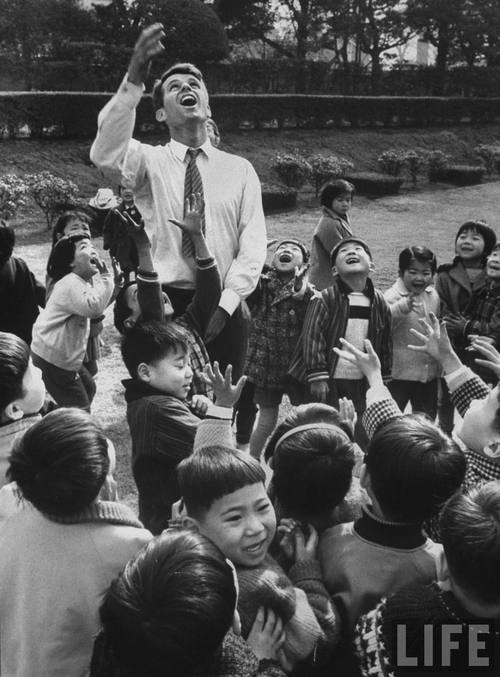
SECOM completed Glorio Roka Park 「グローリオ蘆花公園」 in 2010 on the site of the former Roka danchi 芦花住宅 / 芦花公園団地, a housing complex built around 1958. Before that time, the land was swampy, as seen in the map and aerial photos from around 1945. The photo of the completed danchi is circa 1974-1978:


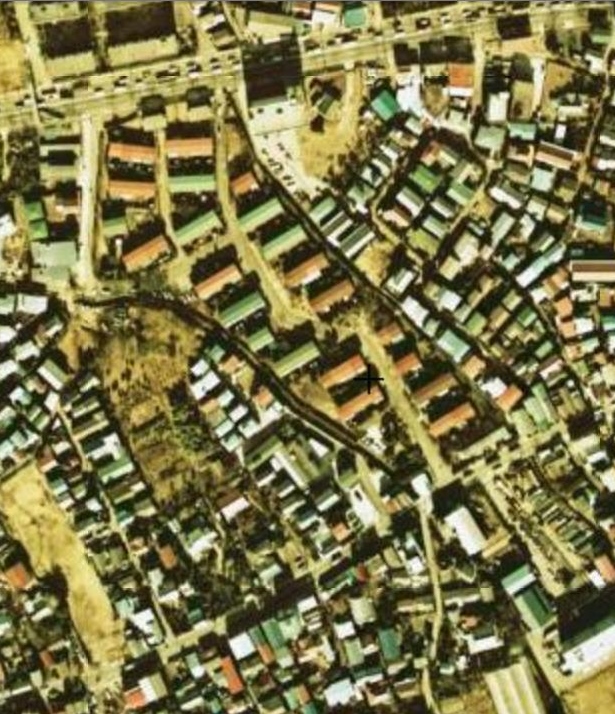
Towards the end of its life, Roka Danchi, like other housing complexes, wore an expression of unobjectionable decline (source):

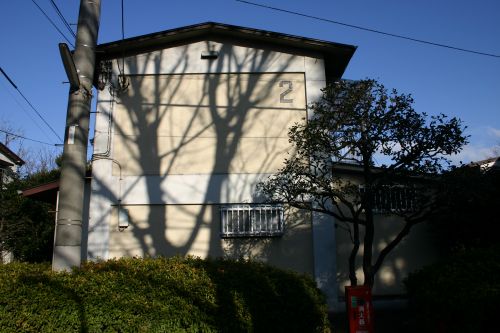
The new property, Glorio Roka Park, is shiny and new, and marketed to the upwardly mobile (or those already there). Its website* projects an aspirational and uninviting image…which is exactly the intention.
* Source: broken link, secom-shl.co jp/glorio/roka/

The development is equally uninviting in person, starting with the poster out front:
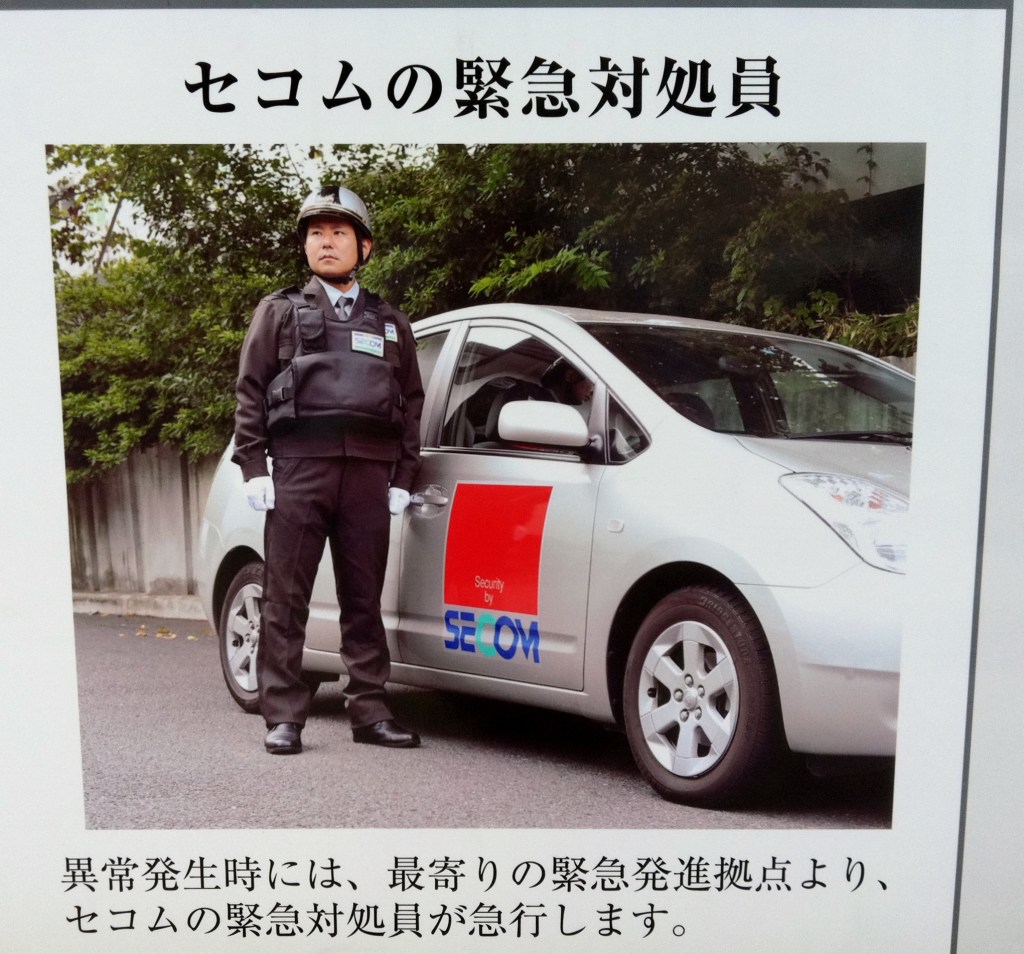
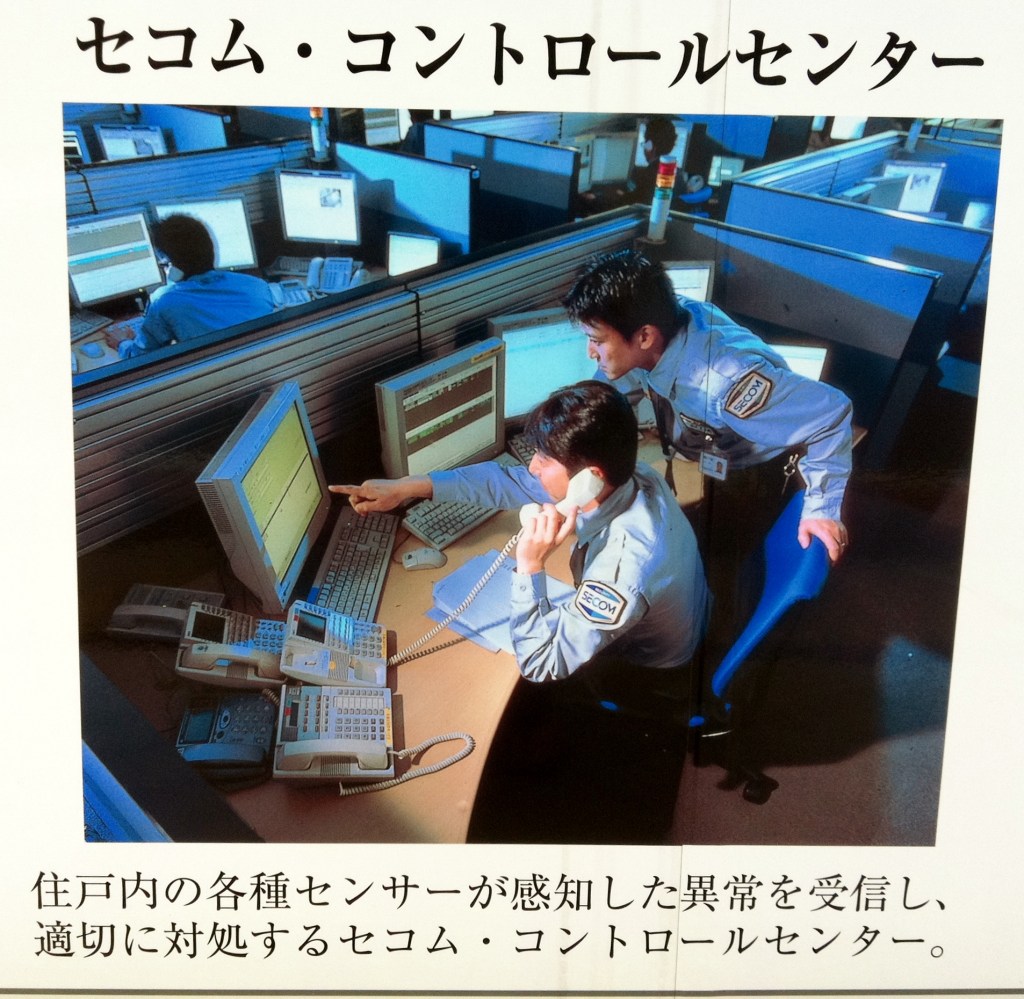
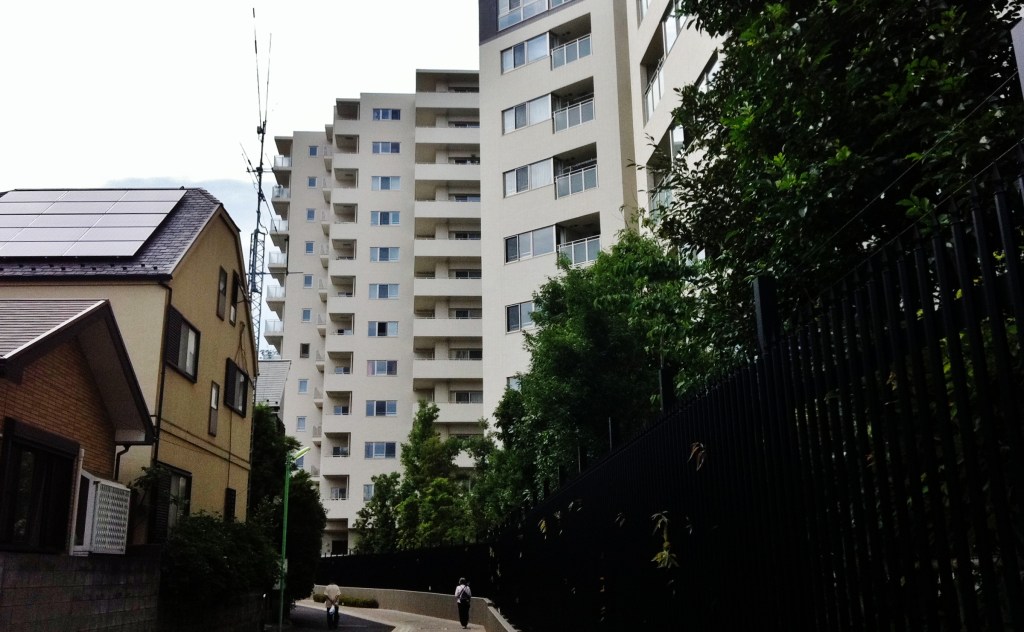
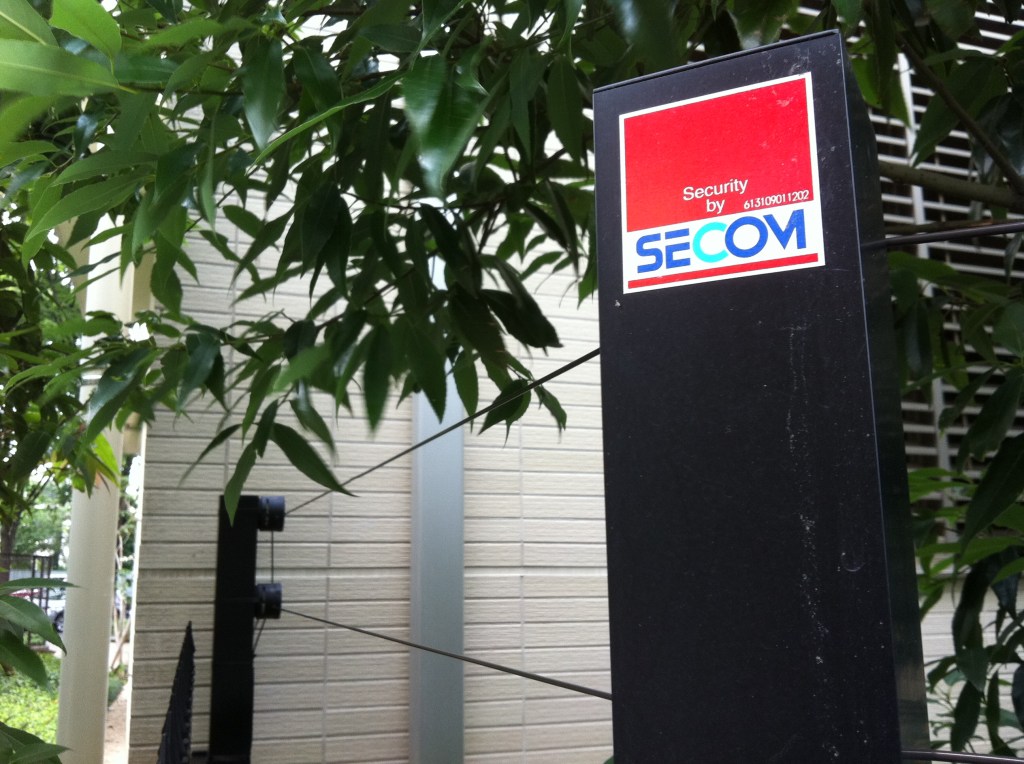

The spiky perimeter fence is more than enough to keep out the riff-raff:

A guard stands conspicuously outside the front entrance, a feature I’ve seldom, if ever, seen in Tokyo:

In addition to being unfriendly, Glorio Roka Park makes its neighborhood less convenient; instead of being able to walk from A to B, the gates force neighbors to take a more circuitous route. The distance is not long, but the exclusion seems spiteful and wasteful. It also brings to mind the American suburb where abutting neighbors are separated by 7 miles of road.

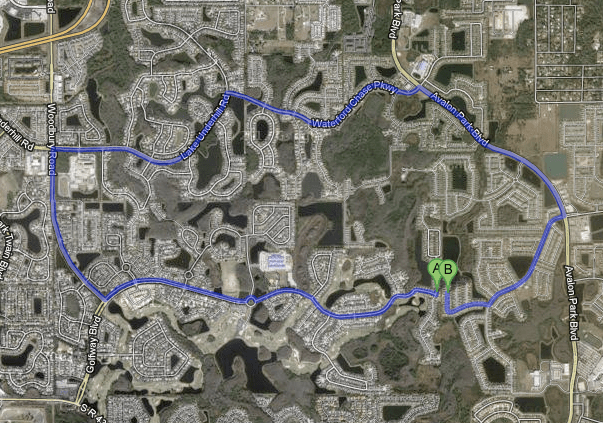
II. Keeping the lid on Pandora’s box
Gated communities are rare in Japan. This is likely explained by some combination of the following factors: dense, rail-oriented residential housing; low crime rates and low income inequality; a relatively homogeneous society with fewer opportunities to exclude minority groups from neighborhoods. The legal framework also discourages gated communities. In “Vertical Gated Communities in Tokyo” (2007), Junko Abe-Kudo 阿部順子 あ, Associate Professor in the Department of Environmental Design at Sugiyama Jogakuen University 椙山女学園大学 writes:
“Japanese construction regulations (the Construction Standard Act) does not permit any roads to be owned and maintained communally and privately among residents in a residential estate. All the roads in an estate must be public. Therefore, at present in Japan, we do not have any American style gated communities which are physically isolated from the neighbouring area with gates, fences around estates, and roads possessed communally and privately among the residents.”
A Japanese Jehovah witness blog also remarks on the lack of gated communities in Japan:
“In Japan, it is legally difficult to completely block the road, it is very unlikely to make a gated community in the full sense.”
This is contrasted against Puerto Rico, which is said to have 587 gated communities; a 1987 Puerto Rico law allowed communities to build gates around previously open subdivisions (source).
I understand the desire to feel safe and secure, so I can’t unilaterally object to the concept of all gated communities. But I object to gated communities in Japan. After all, the entire country is something of a gated community. Japan has worked hard to become a safe and peaceful country. Building more gated communities will not help it keep that way. I’d prefer if the country spent more energy renovating old danchi, which is being carried out by initiatives such as the MUJI x UR Public Housing Renovation Project.
Related post: Tokyo crime maps 東京犯罪情報マップ
III. An inventory of Japan’s gated communities
Japanese Wikipedia lists eleven gated communities in Japan, many of which are vacation communities rather than primary homes. The gated communities in Tokyo are as follows:
1) グローリオ蘆花公園 Glorio Roka Park (described above) (map)
2) 東京テラス Tokyo Terrace (Setagaya, Tokyo) (map)(info)
3) 広尾ガーデンフォレスト Hiroo Garden Forest (Hiroo, Shibuya-ku, Tokyo) (map)
The other gated communities are somewhat more interesting:
4) Residential Cove – Ashiya Marina レジデンシャルコーヴ – 芦屋マリーナ
Location: Ashiya, Hyogo


Bellport Ashiya ベルポート芦屋 , aka, Ashiya Marina 芦屋マリーナ, is often cited as Japan’s first modern “Gated Community” 「 ゲーテッド・コミュニティー」, aka 要塞の街 (town fortress), dating back to 2008 (PDF; map). However, according to current aerial and street photos, it appears the project is far from complete, perhaps hampered by the 2008 financial crisis. See the plans below, published on the marina’s website, and aerial photos from 2014.
Address:
- 株式会社 マリーナジャパン / ASHIYA MARINA Co,.Ltd.
- 兵庫県芦屋市海洋町11番1号, 〒659-0035 / 11-1 Kaiyōchō, Ashiya-shi, Hyōgo-ken (Google maps)
- Phone : 0797-35-6662
5) Mother Village Gifu マザーヴィレッジ岐阜
Location: Gifu City, Gifu Prefecture
Mother Village Gifu, a.k,a マザービレッジ岐阜 / MV 岐阜 (PDF), is neighborhood dating to at least 2005. From what I can tell, the community is not gated at all entrances. Google maps

6) Wassenaar ワッセナー
Location: Sasebo, Nagasaki Prefecture


Huis Ten Bosch Resort 「ハウステンボスリゾート」 (map) is a Dutch-inspired theme park in Nagasaki prefecture. Wassenaar is the resort’s residential section, named after a town of the same name; properties for sale: A17, WI. A recent article remarked that the houses in Wassenar, built in 1992, are actually rising in price *, an uncommon phenomenon for older housing stock in Japan.
* Boken link: toyokeizai net/articles/-/96039
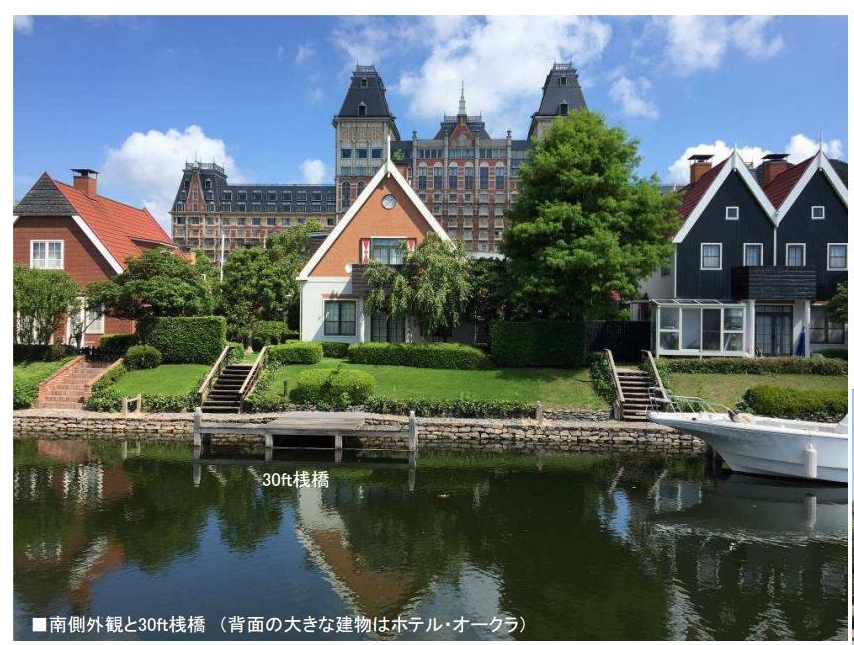
7) Blanchard Foret (Blanc Chard) (Forest) ブランジャールの森 / ブランシャールの森
Location: Karuizawa, Nagano Prefecture

In the first half of the 20th century, Karuizawa was a summer retreat for foreigners and wealthy Japanese. Though I haven’t been, Blanchard Forest reminds me of the setting of the wonderful “A True Novel” 『本格小説』 (Honkaku Shosetsu) by Minae Mizumura 水村 美苗. However, this specific development only dates back to 2011, as far as I can tell,and is located in Nakakaruizawa 中軽井沢 是谁,according to some sources。(map)
8) Asama Highland Park 浅間ハイランドパーク
Location: Tsumagoimura, Gunma Prefecture
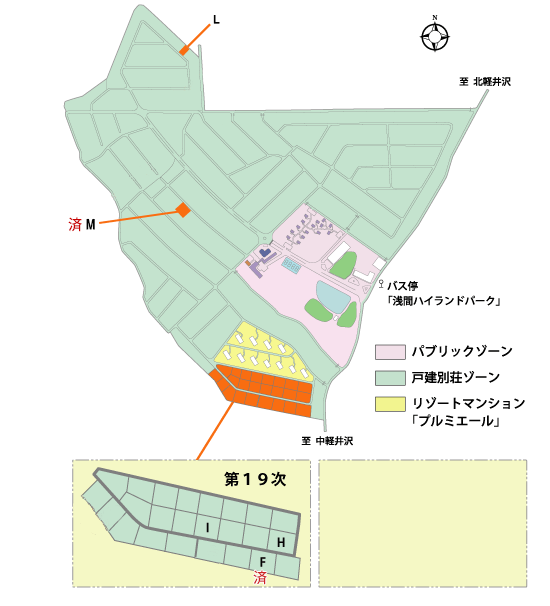
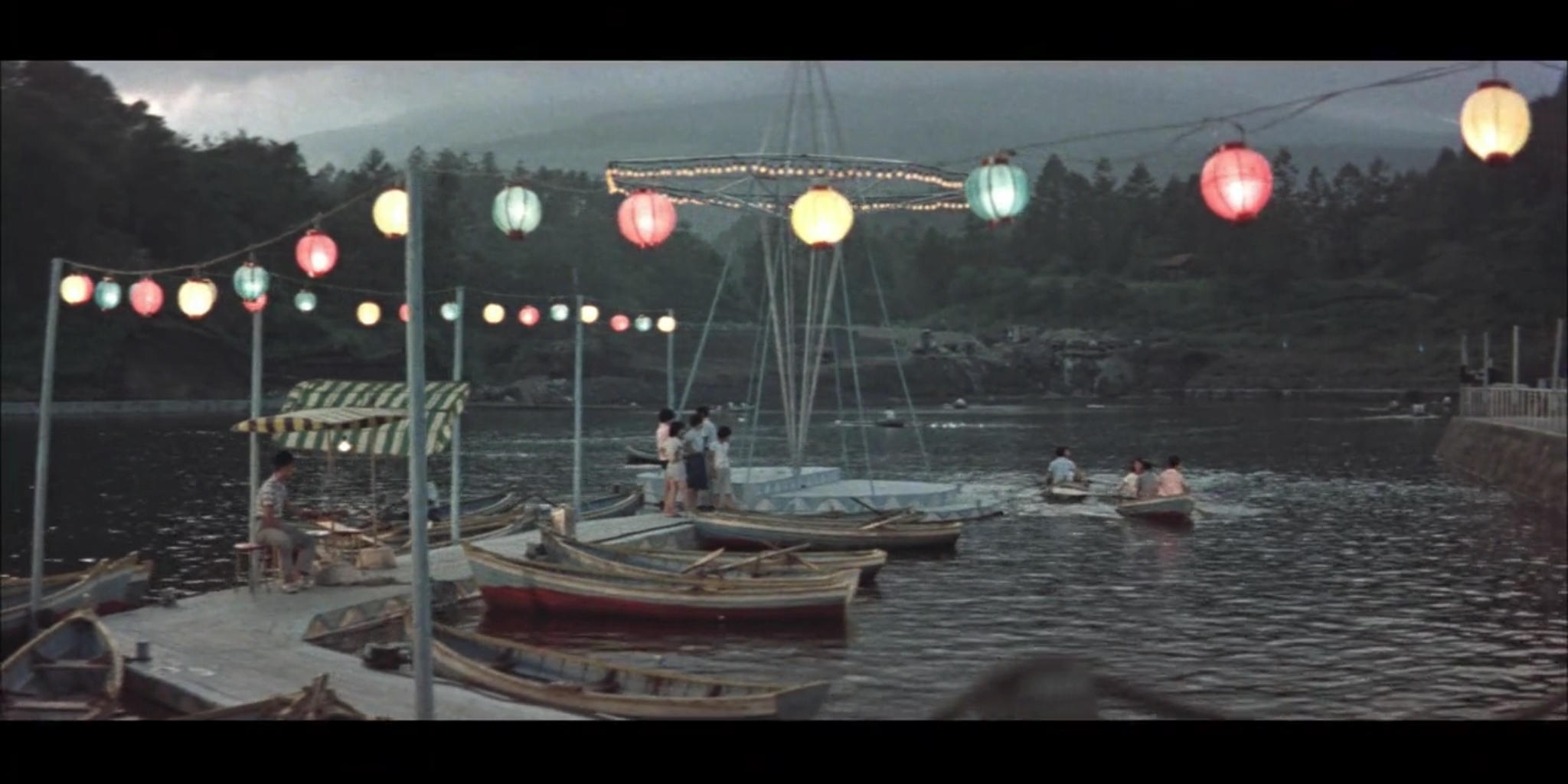
This summer mountain resort dates back to 1966, and combines private residences with a public park at its entrance. I’m not 100%, but I think that the boating pond is featured in a scene from the Kinoshita film, Thus Another Day (1959). (Google map)
9) Sayo Star Resort 佐用スターリゾート
Location: Sayo-cho, Hyogo Prefecture
A somewhat scary looking concrete condominium complex (map).

10) Futtsu Bristol Hill 富津ブリストルヒル
Location: Chiba Prefecture, Futtsu

This community is loud and proud about its gates…its webpage boasts the following picture of the gate that guards the complex’s private tunnel, a beautiful example of exclusion porn.
11) One Hundred Hills ワンハンドレッドヒルズゲートハウス
Location: Chiba Prefecture, Chiba City
Looks like an ostentatious American suburb. I’m not sure how effective the gate is, since Google Streetview has photos of the neighborhood. Per Wikipedia, the development was started in 1989, but houses were not sold until 2011. It has been mocked as 「 チバリーヒルズ 」 “Chibarihiruzu”, a combination of Chiba and Beverly Hills 「 ビバリーヒルズ 」. Because of the timing of the project, it is seen as a “Symbol of the negative legacy of the bubble economy.” 「バブル経済の負の遺産の象徴」, which includes ostentatious shows of wealth and soaring real estate prices. Interested in buying a lot? (map)
(NEW) (12) 「Brillia City 千里丘」 “Brillia City Senrioka”
Location: Senrioka, Settsu-shi, Osaka (map)

13) クリオレミントンハウス横濱山手 Clio Remington House Yokohama Yamate
The complex has 5 buildings, with a consistent naming convention:
- クリオレミントンハウス横濱山手ウエストポート (Westport)
- クリオレミントンハウス横濱山手サウスポート (Southport)
- クリオレミントンハウス横濱山手イーストポート (Eastport)
- クリオレミントンハウス横濱山手セントラルポート (Centralport)
- クリオレミントンハウス横濱山手ノースポート (Northport)
- Reference: (map).
14) Tokugawa Village
And one more in Tokyo (Mejiro neighborhood). See background: Tokugawa Village official site. Photos
Source, broken link: realestate-tokyo com/rent/BG0000081/tokugawa-village/
(See also: Planned community: Mejiro Cultural Village 目白文化村 (1922)).
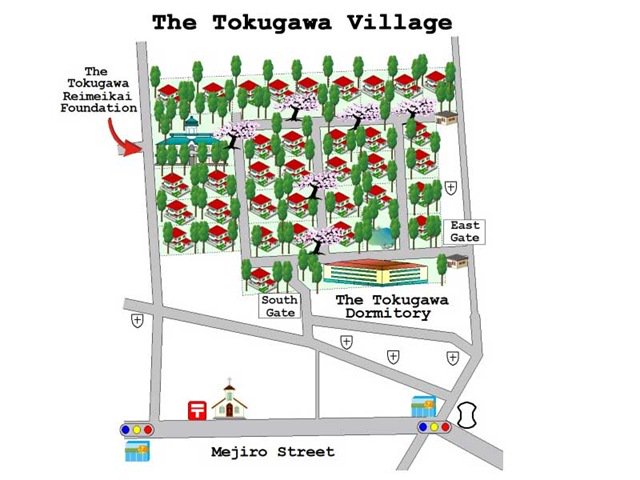

Glossary:
- 「ゲーテッド住宅地」 = “Gated residential areas”
- ゲーテッドコミニティー or ゲーテッドコミュニティ = Gated Community
- セキュリティタウン = Security Town
- ゲーテッド・コミュニティ or ゲーテッドコミュニティ = Gated community
- ゲーテッド・マンション or ゲーテッドマンション = Gated Mansion
- グローリオ蘆花公園 (Glorio 蘆花公園)= Glorio Roka Park
- ゲーテッドコミュニティ 日本 = Gated community Japan
- ゲーテッドコミュニティ 東京 = Gated community Tokyo
Links and resources
- Previous post: Ghosts of Showa: the Karasuyama apartment complex, gated communities, & the fight for Tokyo’s soul
- According to the 2010 SECOM Annual Report, homeowners took possession of units in Glorio Roka Koen in January 2010.
- Roka danchi 芦花住宅 / 芦花公園団地 (aka 公団芦花団地…公団 means ‘public corporation’)
- 日本の「ゲイテッド・コミュニティ」- 監視される郊外住宅地 “Gated communities” of Japan – Monitored suburban residential area (Kobe University powerpoint presentation
- 防犯に配慮した戸建住宅地開発の経緯と課題 The process of the developments of Security Towns and its problems。 (City Planning Institute of Japan)
- ワールドビジネスサテライト,1/27,広がる”要塞の街”,-安全はつくれるのか- World Business Satellite, 1/27, spread “fortress city “, – safety or build of – : this article references Roka Park, SECOM, Bellport Ashiya, and Mother Village Gifu
- “Muji is collaborating with Japan’s housing agency to makeover old apartments” (Quartz, September 2015)
- MUJI x UR Public Housing Renovation Project MUJI×UR 団地リノベーションプロジェクト (English link) (other articles)
- 防犯まちづくりの新視点 「新都市」(都市計画協会)にて連載中! マザーヴィレッジ岐阜(岐阜市) New perspectives on crime prevention town development “new city” (Urban Planning Association) Mother Village Gifu (Gifu City) (2005)
- “The Life We Longed For”: Danchi Housing and the Middle Class Dream in Postwar Japan, by Laura Lynn Neitzel (June, 2015)
- Safer Places blog: various articles about home security (Japanese)
- Robert Kennedy’s visit: (link 1: Hirakata city) (link 2: Wikipedia) (line 4: blog) (link 5: British Pathe)
- 暗渠ハンター 烏山川の上流①烏山松葉通り住宅の橋たち Culvert hunter: Karasuyama River (December 2010): images of old danchi on location of Glorio Roka Koen
- 世田谷区南烏山にグローリオ蘆花公園ができる、らしい Setagaya Minamikarasuyama, Glorio Roka Park: notes on the anger of neighbors regarding the environmental impact of the new development.
- 見えない敵を恐れる住民―ゲーテッド・コミュニティ Residents fear the invisible enemy – Gated Community
- Wassenarr: 長崎ハウステンボスに住める家が!別荘活用が多い分譲住宅「ワッセナー」の魅力とは
- Futtsu Bristol Hill photos
- ゲーテッド・コミュニティ Gated Community:囲われた街 (Enclosed town)
- (ABSTRACT) 日本版 「ゲーテッド住宅地」研究のための理論的検討 ー上智大学 、中野佑一 Theoretical Study for the Japanese version of “gated residential area” research ー Sophia University、Nakano Yuichi
[…] […]
[…] researching gated communities ゲーテッドコミュニティ in Japan, I thought about the general concept of safety and security in Japan. With the exception of WW2 […]